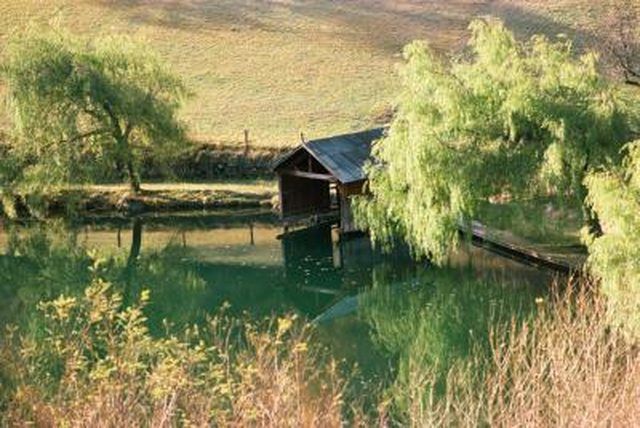Bulbs
Flower Basics
Flower Beds & Specialty Gardens
Flower Garden
Garden Furniture
Garden Gnomes
Garden Seeds
Garden Sheds
Garden Statues
Garden Tools & Supplies
Gardening Basics
Green & Organic
Groundcovers & Vines
Growing Annuals
Growing Basil
Growing Beans
Growing Berries
Growing Blueberries
Growing Cactus
Growing Corn
Growing Cotton
Growing Edibles
Growing Flowers
Growing Garlic
Growing Grapes
Growing Grass
Growing Herbs
Growing Jasmine
Growing Mint
Growing Mushrooms
Orchids
Growing Peanuts
Growing Perennials
Growing Plants
Growing Rosemary
Growing Roses
Growing Strawberries
Growing Sunflowers
Growing Thyme
Growing Tomatoes
Growing Tulips
Growing Vegetables
Herb Basics
Herb Garden
Indoor Growing
Landscaping Basics
Landscaping Patios
Landscaping Plants
Landscaping Shrubs
Landscaping Trees
Landscaping Walks & Pathways
Lawn Basics
Lawn Maintenance
Lawn Mowers
Lawn Ornaments
Lawn Planting
Lawn Tools
Outdoor Growing
Overall Landscape Planning
Pests, Weeds & Problems
Plant Basics
Rock Garden
Rose Garden
Shrubs
Soil
Specialty Gardens
Trees
Vegetable Garden
Yard Maintenance
Weeping Willow Infested With Worms
Weeping Willow Infested With Worms. A wood boring worm-like caterpillar, the carpenter worm (Prionoxystus robiniae) can cause significant damage on weeping willows and other tree species, according to the University of California. The weeping willow's propensity to grow near ponds makes it more susceptible to the carpenter worm, because the insects...

A wood boring worm-like caterpillar, the carpenter worm (Prionoxystus robiniae) can cause significant damage on weeping willows and other tree species, according to the University of California. The weeping willow's propensity to grow near ponds makes it more susceptible to the carpenter worm, because the insects frequent riparian areas.
Identification
An adult carpenter worm appears as mottled black and gray moth that can measure up to 3 inches in width. The hind wings of the female moth are white and the male's hind wings are orange. The light green worm-like larvae of the moth measure up to 3 inches in length and 1/2 inch in diameter.
Damage
In spring, the female lays up to 200 eggs in the willow tree's bark crevices. When the larvae hatch, they burrow into the wood. The worm-like larvae will reach the heartwood within four months of burrowing, according to Utah State University.
Control
Dead areas of bark will result and may fall from the tree. The insects weaken the willow tree and make it susceptible to wind damage. Injectable insecticides can help control the larvae. Spraying the tree with insecticides before the larvae enter the bark will also help control the pests.